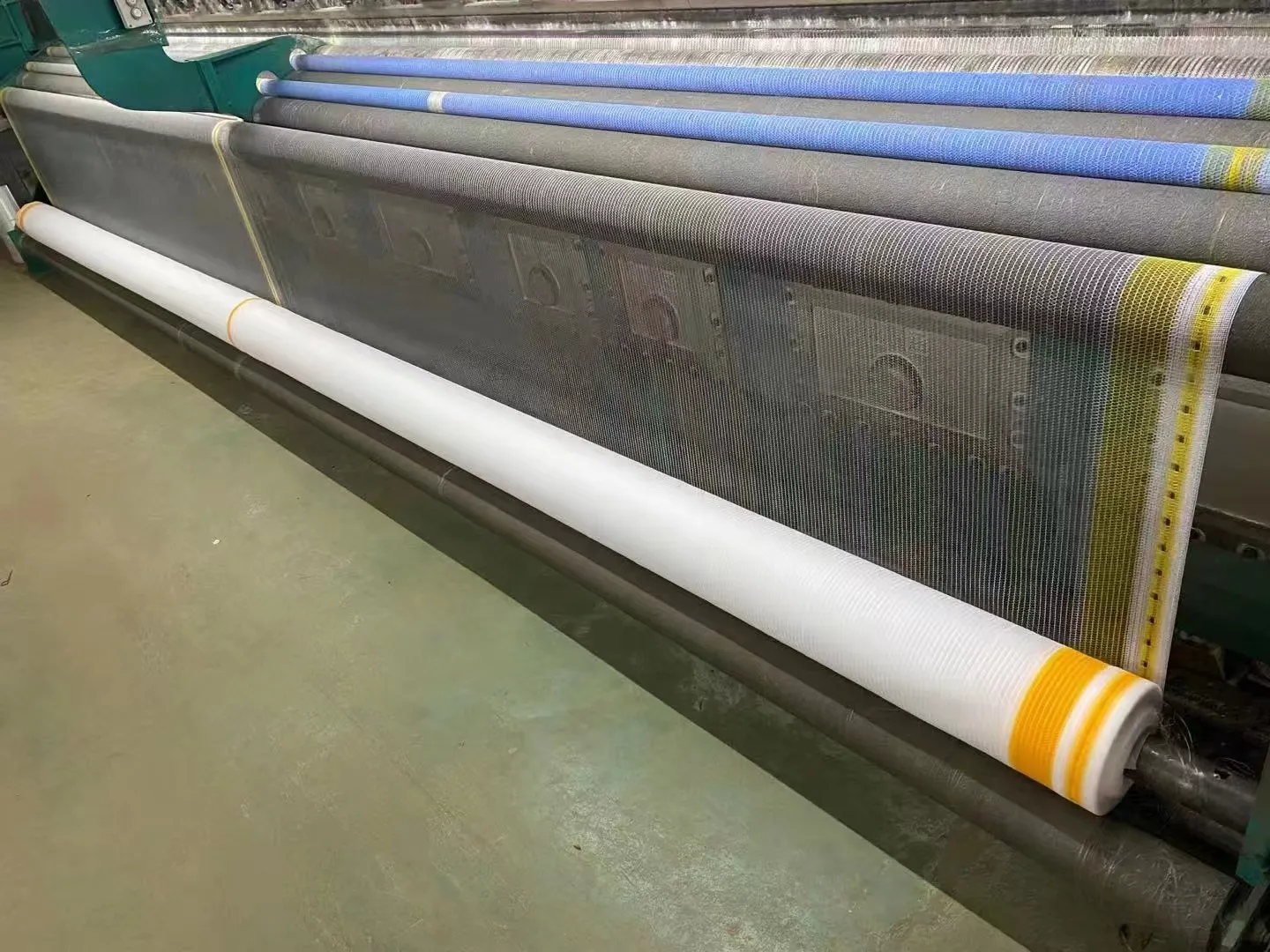-
 Afrikaans
Afrikaans -
 Albanian
Albanian -
 Amharic
Amharic -
 Arabic
Arabic -
 Armenian
Armenian -
 Azerbaijani
Azerbaijani -
 Basque
Basque -
 Belarusian
Belarusian -
 Bengali
Bengali -
 Bosnian
Bosnian -
 Bulgarian
Bulgarian -
 Catalan
Catalan -
 Cebuano
Cebuano -
 China
China -
 Corsican
Corsican -
 Croatian
Croatian -
 Czech
Czech -
 Danish
Danish -
 Dutch
Dutch -
 English
English -
 Esperanto
Esperanto -
 Estonian
Estonian -
 Finnish
Finnish -
 French
French -
 Frisian
Frisian -
 Galician
Galician -
 Georgian
Georgian -
 German
German -
 Greek
Greek -
 Gujarati
Gujarati -
 Haitian Creole
Haitian Creole -
 hausa
hausa -
 hawaiian
hawaiian -
 Hebrew
Hebrew -
 Hindi
Hindi -
 Miao
Miao -
 Hungarian
Hungarian -
 Icelandic
Icelandic -
 igbo
igbo -
 Indonesian
Indonesian -
 irish
irish -
 Italian
Italian -
 Japanese
Japanese -
 Javanese
Javanese -
 Kannada
Kannada -
 kazakh
kazakh -
 Khmer
Khmer -
 Rwandese
Rwandese -
 Korean
Korean -
 Kurdish
Kurdish -
 Kyrgyz
Kyrgyz -
 Lao
Lao -
 Latin
Latin -
 Latvian
Latvian -
 Lithuanian
Lithuanian -
 Luxembourgish
Luxembourgish -
 Macedonian
Macedonian -
 Malgashi
Malgashi -
 Malay
Malay -
 Malayalam
Malayalam -
 Maltese
Maltese -
 Maori
Maori -
 Marathi
Marathi -
 Mongolian
Mongolian -
 Myanmar
Myanmar -
 Nepali
Nepali -
 Norwegian
Norwegian -
 Norwegian
Norwegian -
 Occitan
Occitan -
 Pashto
Pashto -
 Persian
Persian -
 Polish
Polish -
 Portuguese
Portuguese -
 Punjabi
Punjabi -
 Romanian
Romanian -
 Russian
Russian -
 Samoan
Samoan -
 Scottish Gaelic
Scottish Gaelic -
 Serbian
Serbian -
 Sesotho
Sesotho -
 Shona
Shona -
 Sindhi
Sindhi -
 Sinhala
Sinhala -
 Slovak
Slovak -
 Slovenian
Slovenian -
 Somali
Somali -
 Spanish
Spanish -
 Sundanese
Sundanese -
 Swahili
Swahili -
 Swedish
Swedish -
 Tagalog
Tagalog -
 Tajik
Tajik -
 Tamil
Tamil -
 Tatar
Tatar -
 Telugu
Telugu -
 Thai
Thai -
 Turkish
Turkish -
 Turkmen
Turkmen -
 Ukrainian
Ukrainian -
 Urdu
Urdu -
 Uighur
Uighur -
 Uzbek
Uzbek -
 Vietnamese
Vietnamese -
 Welsh
Welsh -
 Bantu
Bantu -
 Yiddish
Yiddish -
 Yoruba
Yoruba -
 Zulu
Zulu
Jan . 14, 2025 10:01
Back to list
hail net for apple
Protecting your apple orchards from the unpredictable forces of nature is crucial for maintaining yield and fruit quality. Hail nets have become an indispensable tool for orchardists seeking to safeguard their crops against hailstorms, which can cause significant damage overnight. With decades of industry experience and technical expertise, we delve into the multifaceted benefits and considerations of implementing hail nets in apple production.
Furthermore, hail nets contribute to sustainable farming practices. By reducing the need for extensive use of protective chemicals and minimizing wastage due to damaged produce, these systems promote more efficient resource use. In an era where environmental friendliness is crucial, hail nets offer a viable step towards more sustainable agriculture. In integrating hail nets, the importance of expert consultation cannot be overstated. Specialists in agricultural defense measures evaluate specific climate data, topographical nuances, and production goals, providing a customized approach unique to each orchard’s needs. This ensures an optimal setup that balances protection with the demands of healthy fruit production. The journey of hail net adoption does not conclude with installation. Continuous education and training on maintenance, alongside periodic assessments, enable orchardists to maximize this asset's potential. Staying informed on advancements in materials and techniques offers a competitive edge in the agricultural sector’s ever-evolving landscape. In conclusion, hail nets represent a synthesis of protection, expertise, and forward-thinking in the pursuit of preserving apple orchards from disastrous hail. Their role in sustaining high-quality fruit production is vital, combining agricultural wisdom with cutting-edge technology. By investing in reliable hail net systems, apple growers not only ensure a safeguard against unpredictable weather but also uphold a commitment to excellence, sustainability, and industry leadership.


Furthermore, hail nets contribute to sustainable farming practices. By reducing the need for extensive use of protective chemicals and minimizing wastage due to damaged produce, these systems promote more efficient resource use. In an era where environmental friendliness is crucial, hail nets offer a viable step towards more sustainable agriculture. In integrating hail nets, the importance of expert consultation cannot be overstated. Specialists in agricultural defense measures evaluate specific climate data, topographical nuances, and production goals, providing a customized approach unique to each orchard’s needs. This ensures an optimal setup that balances protection with the demands of healthy fruit production. The journey of hail net adoption does not conclude with installation. Continuous education and training on maintenance, alongside periodic assessments, enable orchardists to maximize this asset's potential. Staying informed on advancements in materials and techniques offers a competitive edge in the agricultural sector’s ever-evolving landscape. In conclusion, hail nets represent a synthesis of protection, expertise, and forward-thinking in the pursuit of preserving apple orchards from disastrous hail. Their role in sustaining high-quality fruit production is vital, combining agricultural wisdom with cutting-edge technology. By investing in reliable hail net systems, apple growers not only ensure a safeguard against unpredictable weather but also uphold a commitment to excellence, sustainability, and industry leadership.
Next:
Latest news
-
Shipping Plastic Bags for Every NeedNewsJul.24,2025
-
Safety Netting: Your Shield in ConstructionNewsJul.24,2025
-
Plastic Mesh Netting for Everyday UseNewsJul.24,2025
-
Nylon Netting for Every UseNewsJul.24,2025
-
Mesh Breeder Box for Fish TanksNewsJul.24,2025
-
Expanded Steel Mesh Offers Durable VersatilityNewsJul.24,2025











